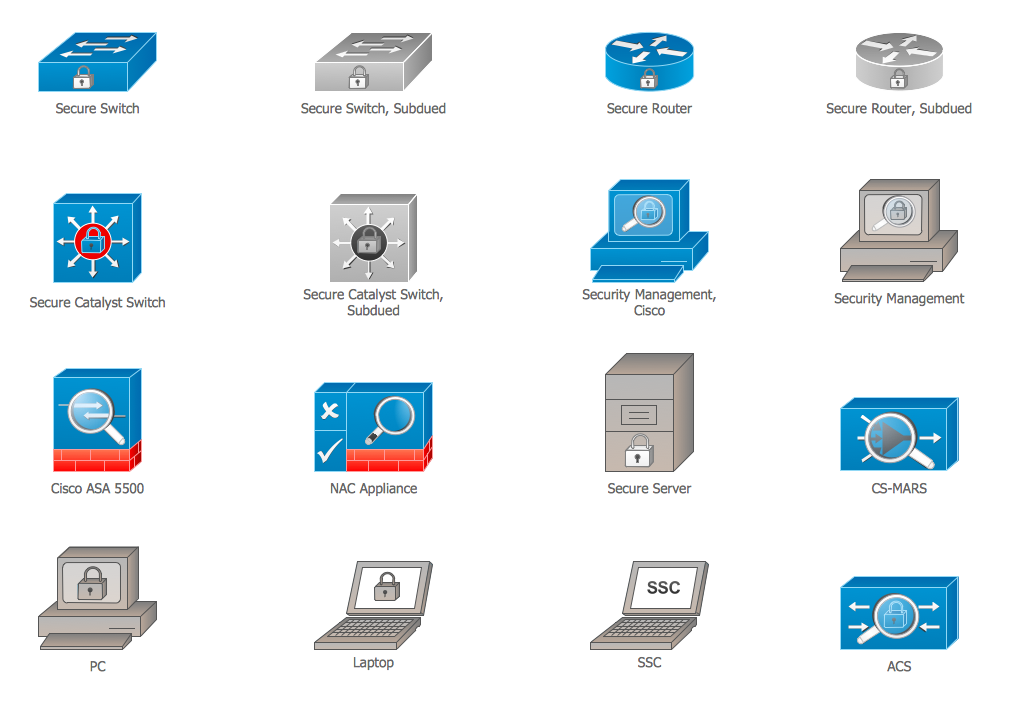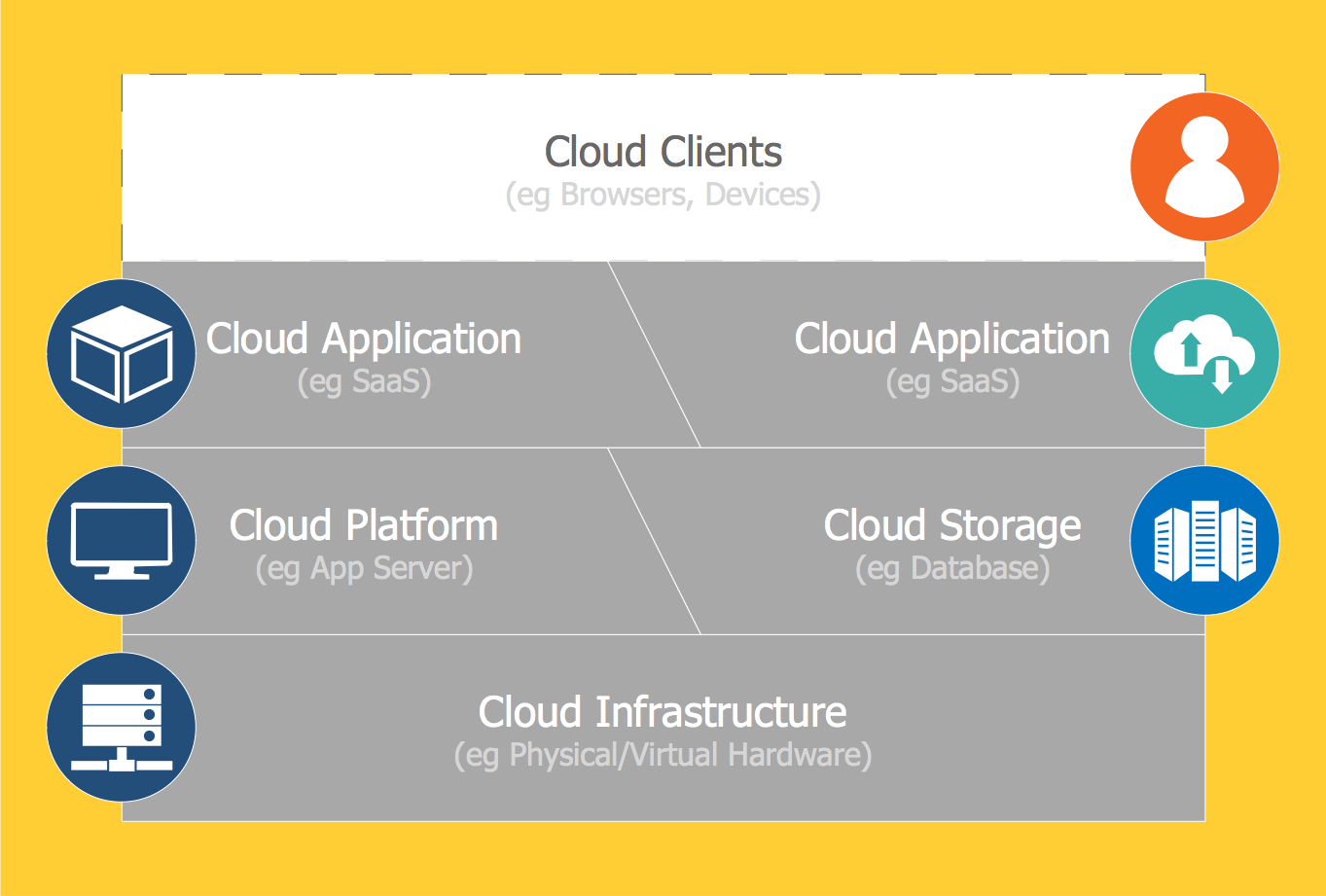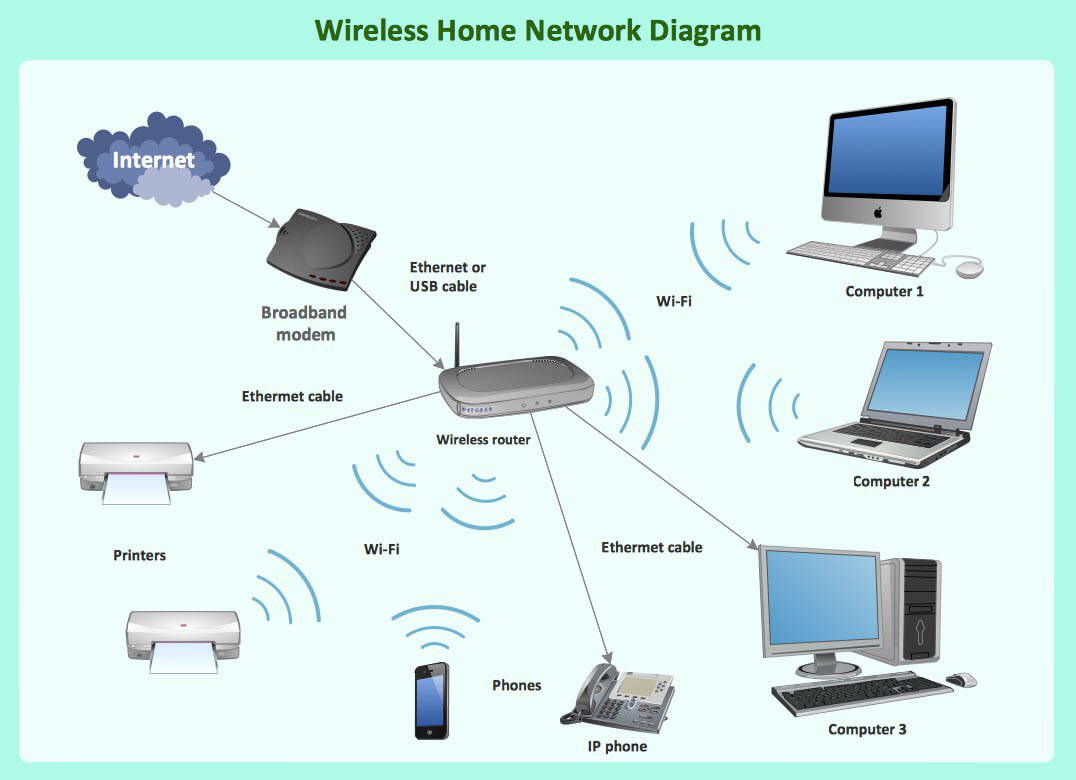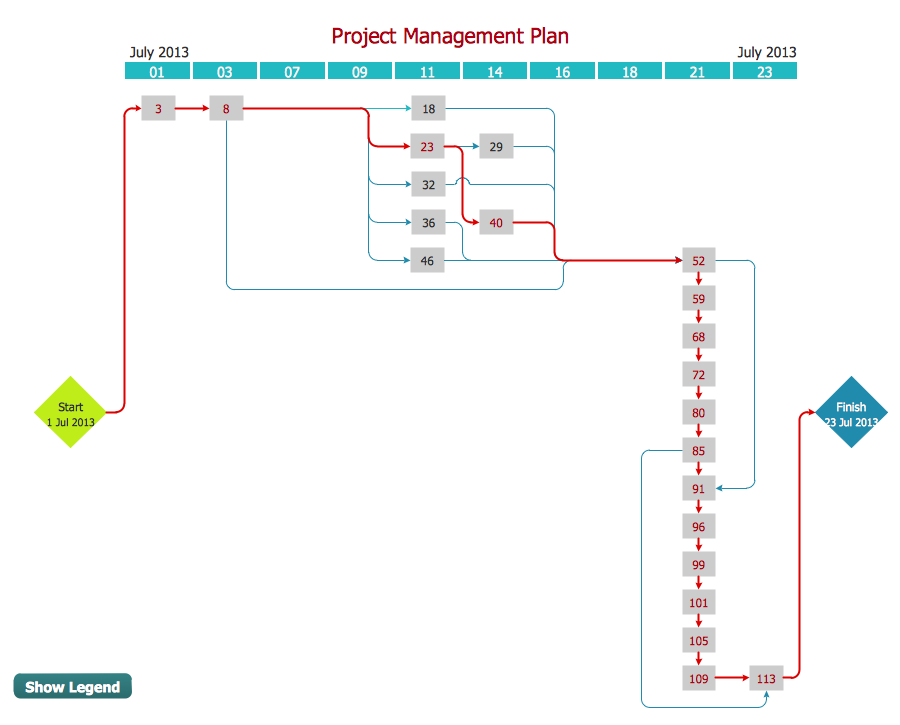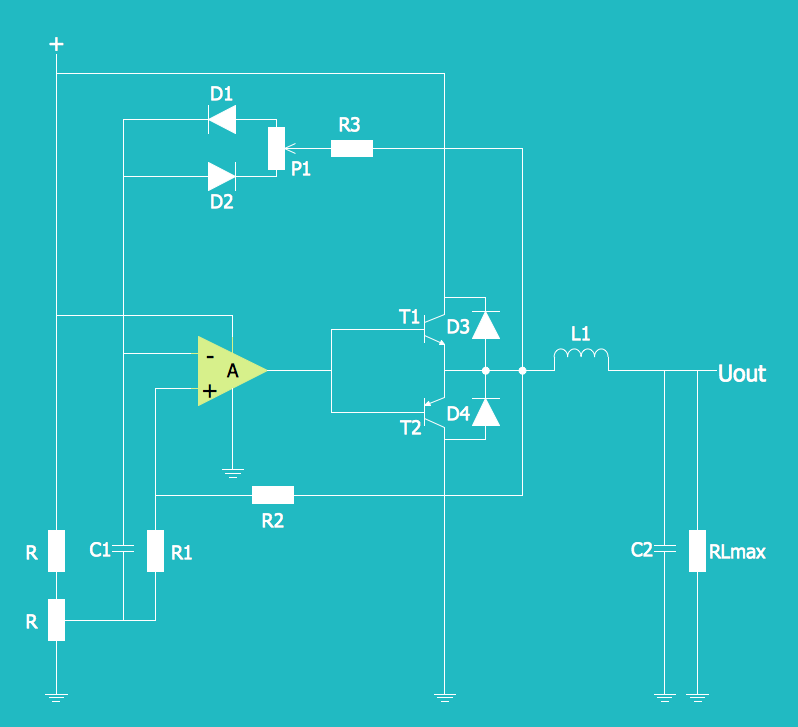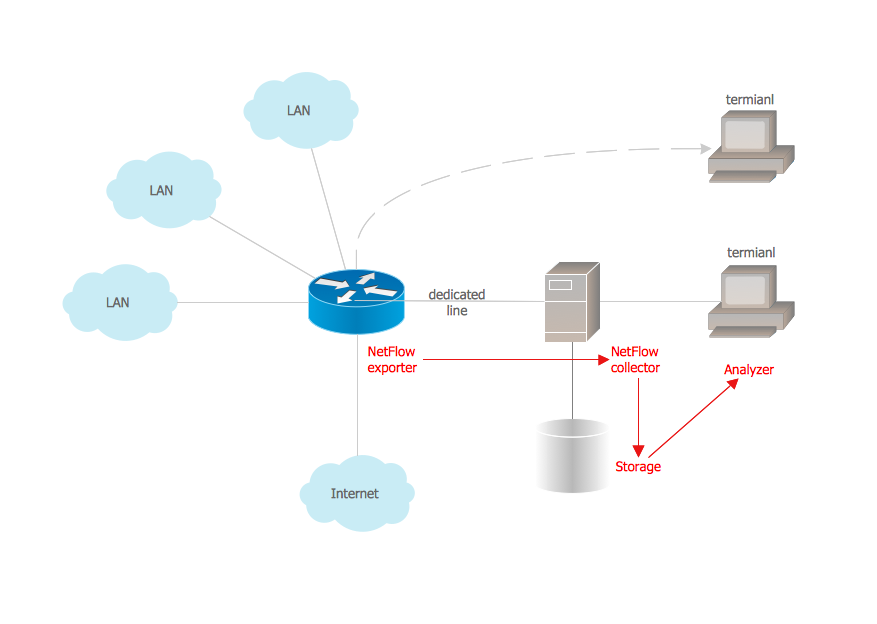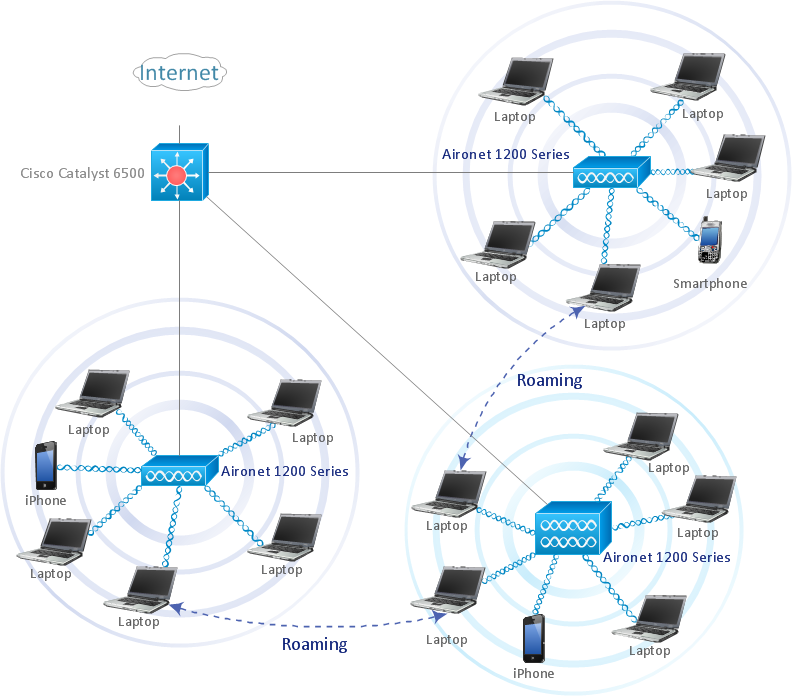Network Glossary Definition
10Base2 - Ethernet specification for thin coaxial cable, transmits signals at 10 Mbps (megabits per second) with a distance limit of 185 meters per segment.
10Base5 - Ethernet specification for thick coaxial cable, transmits signals at 10 Mbps (megabits per second) with a distance limit of 500 meters per segment.
10BaseF - Ethernet specification for fiber optic cable, transmits signals at 10 Mbps (megabits per second) with a distance limit of 2000 meters per segment.
10BaseT - Ethernet specification for unshielded twisted pair cable (category 3, 4, or 5), transmits signals at 10 Mbps (megabits per second) with a distance limit of 100 meters per segment.
100BaseT - Ethernet specification for unshielded twisted pair cabling that is used to transmit data at 100 Mbps (megabits per second) with a distance limit of 100 meters per segment.
1000BaseTX - Ethernet specification for unshielded twisted pair cabling that is used to trasmit data at 1 Gbps (gigabits per second) with a distance limitation of 220 meters per segment.
1U hub switch - A hardware device that contains multiple independent but connected modules of network and internetwork equipment. Height 1U
1U server - Is a system (software and suitable computer hardware) that responds to requests across a computer network to provide, or help to provide, a network service. Height 1U
2U hub switch - A hardware device that contains multiple independent but connected modules of network and internetwork equipment. Height 2U
2U server - Is a system (software and suitable computer hardware) that responds to requests across a computer network to provide, or help to provide, a network service. Height 2U
3U server - Is a system (software and suitable computer hardware) that responds to requests across a computer network to provide, or help to provide, a network service. Height 3U
4U server - Is a system (software and suitable computer hardware) that responds to requests across a computer network to provide, or help to provide, a network service. Height 4U
Access server (communications server) - Are open, standards-based computing systems that operate as a carrier-grade common platform for a wide range of communications applications and allow equipment providers to add value at many levels of the system architecture.
ADSL modem - A asymmetric digital subscriber line (ADSL) modem is a device used to connect a computer or router to a telephone circuit that has Digital Subscriber Line service configured.
AirPort Express - Is a Wi-Fi base station product from Apple Inc. While more compact and in some ways more simplified than another Apple Wi-Fi base station, the AirPort Extreme, the Express offers audio output capability the Extreme lacks.
AirPort Extreme - Is a residential gateway product from Apple Inc. combining the functionality of a router, network switch, wireless access point and NAS as well as varied other functions. The latest model, the 6th generation, supports 802.11ac networking in addition to older standards.
Antenna - An antenna (or aerial) is an electrical device which converts electric power into radio waves, and vice versa.
Asynchronous Transfer Mode (ATM) - A network protocol that transmits data at a speed of 155 Mbps and higher. It is most often used to interconnect two or more local area networks.
AppleTalk - Apple Computer's network protocol originally designed to run over LocalTalk networks, but can also run on Ethernet and Token Ring.
AUI Connector (Attachment Unit Interface) - A 15 pin connector found on Ethernet cards that can be used for attaching coaxial, fiber optic, or twisted pair cable.
Backbone - A cable to which multiple nodes or workstations are attached.
Bit - Binary digit in the binary numbering system. Its value can be 0 or 1. In an 8-bit character scheme, it takes 8 bits to make a byte (character) of data.
BNC Connector (Bayone-Neill-Concelman) - Standard connector used to connect 10Base2 coaxial cable.
Bridge - Devices that connect and pass packets between two network segments that use the same communications protocol.
CDDI-FDDI - FDDI is a standard for data transmission in a local area network. It uses optical fiber as its standard underlying physical medium, although it was also later specified to use copper cable, in which case it may be called CDDI FDDI provides a 100 Mbit/s optical standard for data transmission in local area network that can extend in range up to 120 mi.
Cloud - Is a phrase used to describe a variety of computing concepts that involve a large number of computers connected through a real-time communication network such as the Internet.
Cable - Coaxial cable conducts electrical signal using an inner conductor (usually a solid copper, stranded copper or copper plated steel wire) surrounded by an insulating layer and all enclosed by a shield, typically one to four layers of woven metallic braid and metallic tape.
CSU/DSU - Channel Service Unit/Data Service Unit is a hardware device about the size of an external modem that converts digital data frames from the communications technology used on a local area network (LAN) into frames appropriate to a wide-area network (WAN) and vice versa.
Client/Server - A networking system in which one or more file servers (Server) provide services; such as network management, application and centralized data storage for workstations (Clients).
CSMA/CA - Carrier Sense Multiple Access Collision Avoidance is a network access method in which each device signals its intent to transmit before it actually does so. This prevents other devices from sending information, thus preventing collisions from occurring between signals from two or more devices. This is the access method used by LocalTalk.
CSMA/CD - Carrier Sense Multiple Access Collision Detection is a network access method in which devices that are ready to transmit data first check the channel for a carrier. If no carrier is sensed, a device can transmit. If two devices transmit at once, a collision occurs and each computer backs off and waits a random amount of time before attempting to retransmit. This is the access method used by Ethernet.
Coaxial Cable - Cable consisting of a single copper conductor in the center surrounded by a plastic layer for insulation and a braided metal outer shield.
Concentrator - A device that provides a central connection point for cables from workstations, servers, and peripherals. Most concentrators contain the ability to amplify the electrical signal they receive.
Data - Data is the quantities, characters, or symbols on which operations are performed by a computer, being stored and transmitted in the form of electrical signals and recorded on magnetic, optical, or mechanical recording media.
DDCS - Distributed Data Communications Server.
Directory - A directory service is the software system that stores, organizes and provides access to information in a directory. In software engineering, a directory is a map between names and values.
DIN - A plug and socket connector consisting of a circular pattern of pins in a metal sleeve. This type of connector is commonly seen on keyboards.
Dumb Terminal - Refers to devices that are designed to communicate exclusively with a host (main frame) computer. It receives all screen layouts from the host computer and sends all keyboard entry to the host. It cannot function without the host computer.
E-mail - An electronic mail message sent from a host computer to a remote computer.
End User - Refers to the human executing applications on the workstation.
Ethernet - A network protocol invented by Xerox Corporation and developed jointly by Xerox, Intel and Digital Equipment Corporation. Ethernet networks use CSMA/CD and run over a variety of cable types at 10 Mbps (megabits per second).
Expansion Slot - Area in a computer that accepts additional input/output boards to increase the capability of the computer.
Fast Ethernet - A new Ethernet standard that supports 100 Mbps using category 5 twisted pair or fiber optic cable.
FDDI ring - A FDDI network contains two rings, one as a secondary backup in case the primary ring fails.
Firewall - Is a software or hardware-based network security system that controls the incoming and outgoing network traffic by analyzing the data packets and determining whether they should be allowed through or not, based on applied rule set.
Fiber Distributed Data Interface (FDDI) - A network protocol that is used primarily to interconnect two or more local area networks, often over large distances.
Fiber Optic Cable - A cable, consisting of a center glass core surrounded by layers of plastic, that transmits data using light rather than electricity. It has the ability to carry more nformation over much longer distances.
File Server - A computer connected to the network that contains primary files/applications and shares them as requested with the other computers on the network. If the file server is dedicated for that purpose only, it is connected to a client/server network. An example of a client/server network is Novell Netware. All the computers connected to a peer-to-peer network are capable of being the file server. Two examples of peer-to-peer networks are LANtastic and Windows for Workgroups.
Gigabit Ethernet - An Ethernet protocol that raises the transmission rates to 1 Gbps (gigabits per second). It is primarily used for a high speed backbone of a network.
Gigabyte (GB) - One billion bytes of information. One thousand megabytes.
Hub - A hardware device that contains multiple independent but connected modules of network and internetwork equipment. Hubs can be active (where they repeat signals sent through them) or passive (where they do not repeat but merely split signals sent through them).
Infrared - Electromagnetic waves whose frequency range is above that of microwaves, but below that of the visible spectrum.
Intranet - Network internal to an organization that uses Internet protocols.
Iomega ZIP - Family of drives, floppy disks, diskettes analogs having greater capacity.
IrDA - IrDA wireless data transfer over the “last one meter” using point and shoot principles. Thus, it has been implemented in portable devices such as mobile phones, laptops, cameras, printers, medical devices and many more. Main characteristics of this kind of wireless optical communication is physically secure data transfer, Line-of-Sight (LOS) and very low bit error rate (BER) that makes it very efficient.
ISDN switch - Integrated Services for Digital Network is a set of communication standards for simultaneous digital transmission of voice, video, data, and other network services over the traditional circuits of the public switched telephone network.
Internet - A global network of networks used to exchange information using the TCP/IP protocol. It allows for electronic mail and the accessing ad retrieval of information from remote sources.
LAN (Local Area Network) - A network connecting computers in a relatively small area such as a building.
Linear Bus - A network topology in which each node attaches directly to a common cable.
LocalTalk - Apple Corporation proprietary protocol that uses CSMA/CA media access scheme and supports transmissions at speeds of 230 Kbps (Kilobits per second).
MAN (Metropolitan Area Network) - A network connecting computers over a large geographical area, such as a city or school district.
MAU (Multistation Access Unit) - A Token Ring wiring hub.
Modem (Modulator/Demodulator) - Devices that convert digital and analog signals. Modems allow computer data (digital) to be transmitted over voice-grade telephone lines (analog).
Multiplexer - A device that allows multiple logical signals to be transmitted simultaneously across a single physical channel.
Network - A network consists of two or more computers that are linked in order to share resources (such as printers and CD-ROMs), exchange files, or allow electronic communications. The computers on a network may be linked through cables, telephone lines, radio waves, satellites, or infrared light beams.
Network Modem - A modem connected to a Local Area Network (LAN) that is accessible from any workstation on the network.
Network Interface Card (NIC) - A board that provides network communication capabilities to and from a computer.
Network Operating System (NOS) - Operating system designed to pass information and communicate between more than one computer. Examples include AppleShare, Novell NetWare, and Windows NT Server.
Network Protocol - A protocol is a set of rules that governs the communications between computers on a network. These rules include guidelines that regulate the following characteristics of a network: access method, allowed physical topologies, types of cabling, and speed of data transfer.
Networking Hardware - Networking hardware includes all computers, peripherals, interface cards and other equipment needed to perform data-processing and communications within the network. CLICK on the terms below to learn more about those pieces of networking hardware.
NetBIOS - Network Basic Input/Output System. API used by applications on a LAN to request services from lower-level network processes. These services include session establishment and termination, and information transfer. NetBIOS is used by network operating systems such as LAN Manager, LAN Server, Windows for Workgroups, and Windows NT.
NetFlow - A Cisco Systems optimization technique that identifies traffic flows and speeds the forwarding of traffic for a flow. When a flow is identified, the switching, security, QoS, and traffic-measurement services required for the flow are used to build an entry in a NetFlow cache. Subsequent packets in the flow are handled via a single streamlined task that references the cache. Also refers to NetFlow export records, which provide details of the traffic in a network.
Network Address - Network layer address referring to a logical, rather than a physical, network device. Used by the network layer. Compare with MAC address.
Network Layer - Layer 3 of the OSI reference model. This layer provides connectivity and path selection between two end systems. The network layer is the layer at which routing occurs.
NetWare - Popular distributed network-operating system developed by Novell. Provides transparent remote file access and numerous other distributed network services.
NFS - Network File System. A distributed file-system protocol suite developed by Sun Microsystems that allows remote file access across a network.
NHRP - Next Hop Resolution Protocol. Protocol used by routers to dynamically discover the MAC address of other routers and hosts connected to an NBMA network. These systems can then directly communicate without requiring traffic to use an intermediate hop, thus increasing performance in ATM, Frame Relay, and SMDS environments.
NIC - 1. network interface card. Board that provides network-communication capabilities for a computer system.
2. Network Information Center. Organization that served the Internet community by supplying addressing, naming, documentation, training, and other services.
NLM - NetWare Loadable Module. Individual program that can be loaded into memory on a NetWare server and function as part of the NetWare network operating system.
NLSP - NetWare Link Services Protocol. Link-state routing protocol based on IS-IS used in Novell networks.
NMS - Network management system. System responsible for managing a network. An NMS is generally a powerful and well-equipped computer such as an engineering workstation. NMSs communicate with agents to help keep track of network statistics and resources.
NNI - Network-to-Network Interface. ATM Forum standard that defines the interface between two ATM switches that are both located in a private network, or are both located in a public network.
Node - End point of a network connection. Nodes include any device attached to a network such as file servers, printers, or workstations.
Node Devices - Any computer or peripheral that is connected to the network.
Patch bay - A patch panel, patch bay, is a number of circuits, usually of the same or similar type, which appear on jacks for monitoring, interconnecting, and testing circuits in a convenient, flexible manner.
Patch panel - A patch panel, patch bay, patch field or jack field is a number of circuits, usually of the same or similar type, which appear on jacks for monitoring, interconnecting, and testing circuits in a convenient, flexible manner.
PDA (Personal digital assistant) - Is a mobile device that functions as a personal information manager.
Port adapter - Is a hardware device or software component that converts transmitted data from one presentation form to another.
PCMCIA - An expansion slot found in many laptop computers.
Peer-to-Peer Network - A network in which resources and files are shared without a centralized management source.
Physical Topology - The physical layout of the network; how the cables are arranged; and how the computers are connected.
Point-to-Point - A direct link between two objects in a network.
Ports - A connection point for a cable.
Protocol - A formal description of a set of rules and conventions that govern how devices on a network exchange information.
RAID (Redundant Array of Inexpensive Disks) - A configuration of multiple disks designed to preserve data after a disk casualty.
RAM (Random Access Memory) - The working memory of a computer where data and programs are temporarily stored. RAM only holds information when the computer is on.
Relational database - Is a database that has a collection of tables of data items, all of which is formally described and organized according to the relational model. Data in a single table represents a relation, from which the name of the database type comes. In typical solutions, tables may have additionally defined relationships with each other.
Root - In computing, the superuser is a special user account used for system administration.
Repeater - A device used in a network to strengthen a signal as it is passed along the network cable.
RJ-45 - Standard connectors used for unshielded twisted-pair cable.
Router - A device that routes information between interconnected networks. It can select the best path to route a message, as well as translate information from one network to another. It is similar to a superintelligent bridge.
SCSI (Small Computer Serial Interface) - An interface controller that allows several peripherals to be connected to the same port on a computer.
Segment - Refers to a section of cable on a network. In Ethernet networks, two types of segments are defined. A populated or trunk segment is a network cable that has one or more nodes attached to it. A link segment is a cable that connects a computer to an interconnecting device, such as a repeater or concentrator, or connects a interconnecting device to another interconnecting device.
Satellite - Is Internet access provided through communications satellites. Modern satellite Internet service is typically provided to users through geostationary satellites that can offer high data speeds, with newer satellites achieving downstream data speeds up to 15 Mbps.
Satellite dish/antenna - Is a dish-shaped type of parabolic antenna designed to receive microwaves from communications satellites, which transmit data transmissions or broadcasts, such as satellite television.
Server - Is a system (software and suitable computer hardware) that responds to requests across a computer network to provide, or help to provide, a network service.
Switch - Is a computer networking device that is used to connect devices together on a computer network. A switch is considered more advanced than a hub because a switch will only send a message to the device that needs or requests it, rather than broadcasting the same message out of each of its ports.
Sneaker-Net - Refers to a manual method of sharing files in which a file is copied from a computer to a floppy disk, transported to a second computer by a person physically walking (apparently wearing sneakers) to the second computer, and manually transferring the file from floppy disk to the second computer.
Speed of Data Transfer - The rate at which information travels through a network, usually measured in megabits per second.
Star Topology - LAN topology in which each node on a network is connected directly to a central network hub or concentrator.
Star-Wired Ring - Network topology that connects network devices (such as computers and printers) in a complete circle.
Tape Back-Up - Copying all the data and programs of a computer system on magnetic tape. On tape, data is stored sequentially. When retrieving data, the tape is searched from the beginning of tape until the data is found.
Terminator - A device that provides electrical resistance at the end of a transmission line. Its function is to absorb signals on the line, thereby keeping them from bouncing back and being received again by the network.Terminal server - A terminal server (also referred to as a serial server or console server network access server) enables organizations to connect devices with an RS-232, RS-422 or RS-485 serial interface to a local area network (LAN).
Thicknet - A thick coaxial cable that is used with a 10Base5 Ethernet LAN.
Thinnet - A thin coaxial cable that is used with a 10Base2 Ethernet LAN.
Token - A special packet that contains data and acts as a messenger or carrier between each computer and device on a ring topology. Each computer must wait for the messenger to stop at its node before it can send data over the network.
Token Ring - A network protocol developed by IBM in which computers access the network through token-passing. Usually uses a star-wired ring topology.
Topology - There are two types of topology: physical and logical. The physical topology of a network refers to the configuration of cables, computers, and other peripherals. Logical topology is the method used to pass the information between workstations. Issues involving logical topologies are discussed on the Protocol chapter.
Transceiver (Transmitter/Receiver) - A Device that receives and sends signals over a medium. In networks, it is generally used to allow for the connection between two different types of cable connectors, such as AUI and RJ-45.
Tree Topology - LAN topology similar to linear bus topology, except that tree networks can contain branches with multiple nodes.
Twisted Pair - Network cabling that consists of four pairs of wires that are manufactured with the wires twisted to certain specifications. Available in shielded and unshielded versions.
USB (Universal Serial Bus) Port - A hardware interface for low-speed peripherals such as the keyboard, mouse, joystick, scanner, printer, and telephony devices.
WAN (Wide Area Network) - A network connecting computers within very large areas, such as states, countries, and the world.
Workgroup - A collection of workstations and servers on a LAN that are designated to communicate and exchange data with one another.
Workstation - A computer connected to a network at which users interact with software stored on the network.
Wireless access point - Is a device that allows wireless devices to connect to a wired network using Wi-Fi, or related standards. The AP usually connects to a router (via a wired network) as a standalone device, but it can also be an integral component of the router itself.
Wireless router - Is a device that performs the functions of a router but also includes the functions of a wireless access point. It is commonly used to provide access to the Internet or a computer network.
Workgroup switch - In a local area network (LAN), a workgroup switch is a relatively low capacity switch that serves the needs of a workgroup, or small group of workers who generally are geographically clustered. A workgroup switch is the LAN equivalent of an edge switch in a public wide area network (WAN).
Workstation - A computer connected to a network at which users interact with software stored on the network.
XServe - Is a line of rack unit computers designed by Apple Inc. for use as servers.
Xserve RAID - Is a mass-storage device that was offered by Apple Inc. Xserve RAID held up to 14 hot-swappable Ultra-ATA hard drives, and had a capacity of 10.5 TB when filled with 750 GB modules.

Example 1. IVR Services
This sample was created in ConceptDraw DIAGRAM diagramming and vector drawing software using the Computer and Networks solution from Computer and Networks area of ConceptDraw Solution Park. This diagram shows the basic types of the network topologies.
Use the predesigned vector stencils, examples and templates from the Computer and Networks Solution for ConceptDraw DIAGRAM to design your own professional Computer Network Topology Diagrams quick and easy.
